With climate change and inner-city air quality so high on the political agenda, there are a lot of fine words being spoken about changing the way we power our personal transport. In the UK and Europe, the main zero-emission alternative to the fossil fuel-burning combustion engine is an electric motor powered by a lithium-ion battery, as seen in battery electric vehicles (BEVs) and plug-in hybrids (PHEVs). Both of these can run solely on electric power, producing no CO2 emissions from the tailpipe as they drive, unlike conventional cars.
But the lithium-ion battery comes with its own environmental compromises, and there are still alternative powertrains that many believe could be more successful in the long run. One such alternative is the hydrogen fuel cell electric vehicle (FCEV).
In Japan and the US, hydrogen fuel cell vehicles are taken very seriously, so much so that the 2020 (now 2021) Tokyo Olympics is being seen as the Hydrogen Games. In addition to that, there are a great many vehicle engineers who see hydrogen fuel cell technology as the long-term future power carrier. But what is a fuel cell and how will it power if not my next car, perhaps my next, next car?
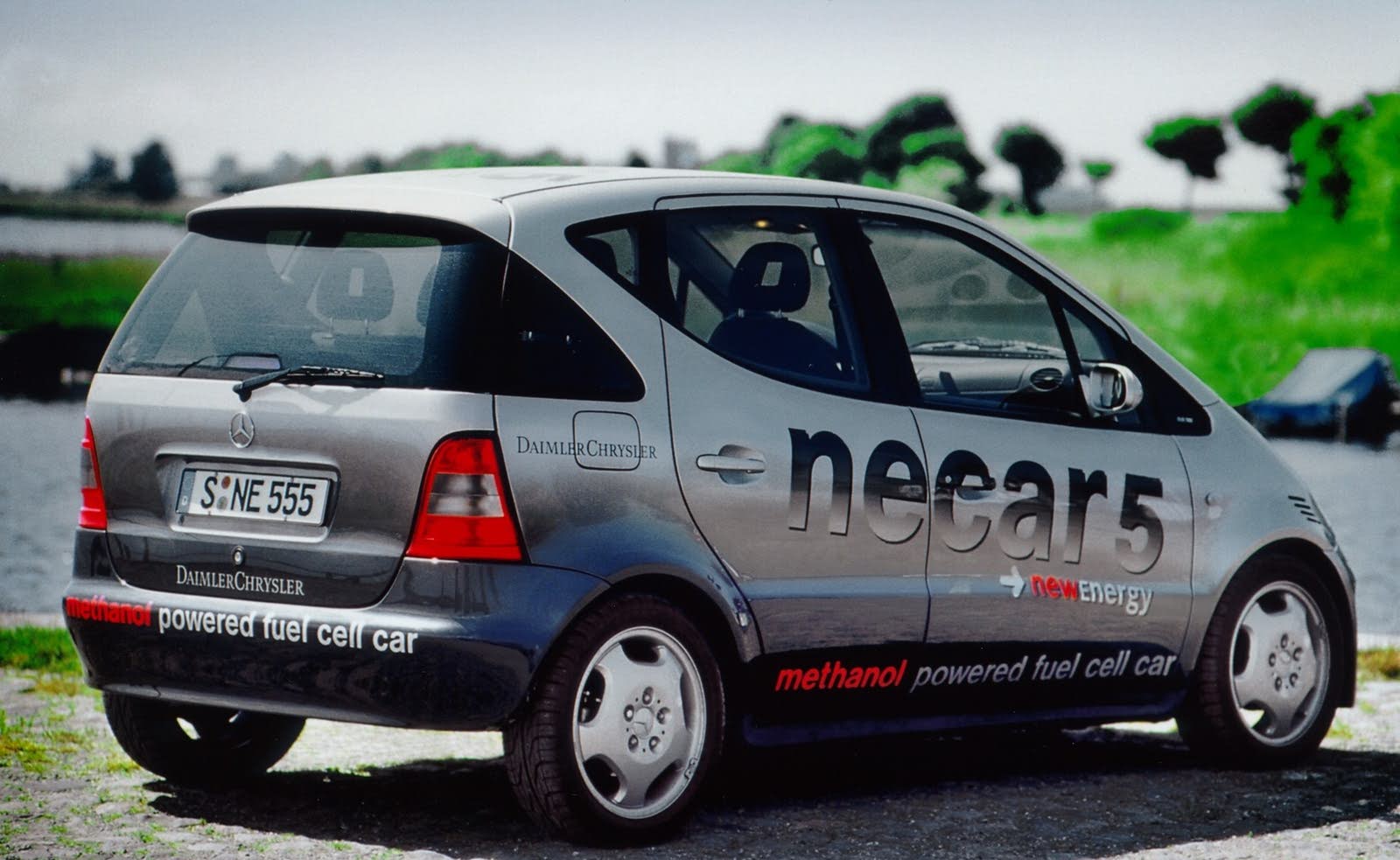
A Brief History of Fuel Cells
A fuel cell is a catalytic electrical energy generator with hydrogen gas as a power source. The principle was discovered by Sir William Grove, Welsh scientist and justice of the peace in 1839, but it wasn't really a feasible electricity producer until the mid 20th century. In 1955 General Electric’s Willard Grubb and Leonard Niedrach produced the first hydrogen-and-oxygen fuelled, proton-exchange membrane (PEM) fuel cell. And it was British engineer Francis Thomas Bacon and his team at Cambridge University who developed the practical PEM fuel cell, which provided power for the Sixties Nasa Gemini Space shots.
Since then PEM fuel cells have been used in most prototype and production hydrogen fuel cell cars, though its history has been as much about pioneering and visionary engineers and scientists as about the technology itself. The role of the Californian Fuel Cell Project has been key to the development of fuel cells, with car makers able to test on public roads, access supplies of hydrogen and compare results in a collegiate atmosphere.
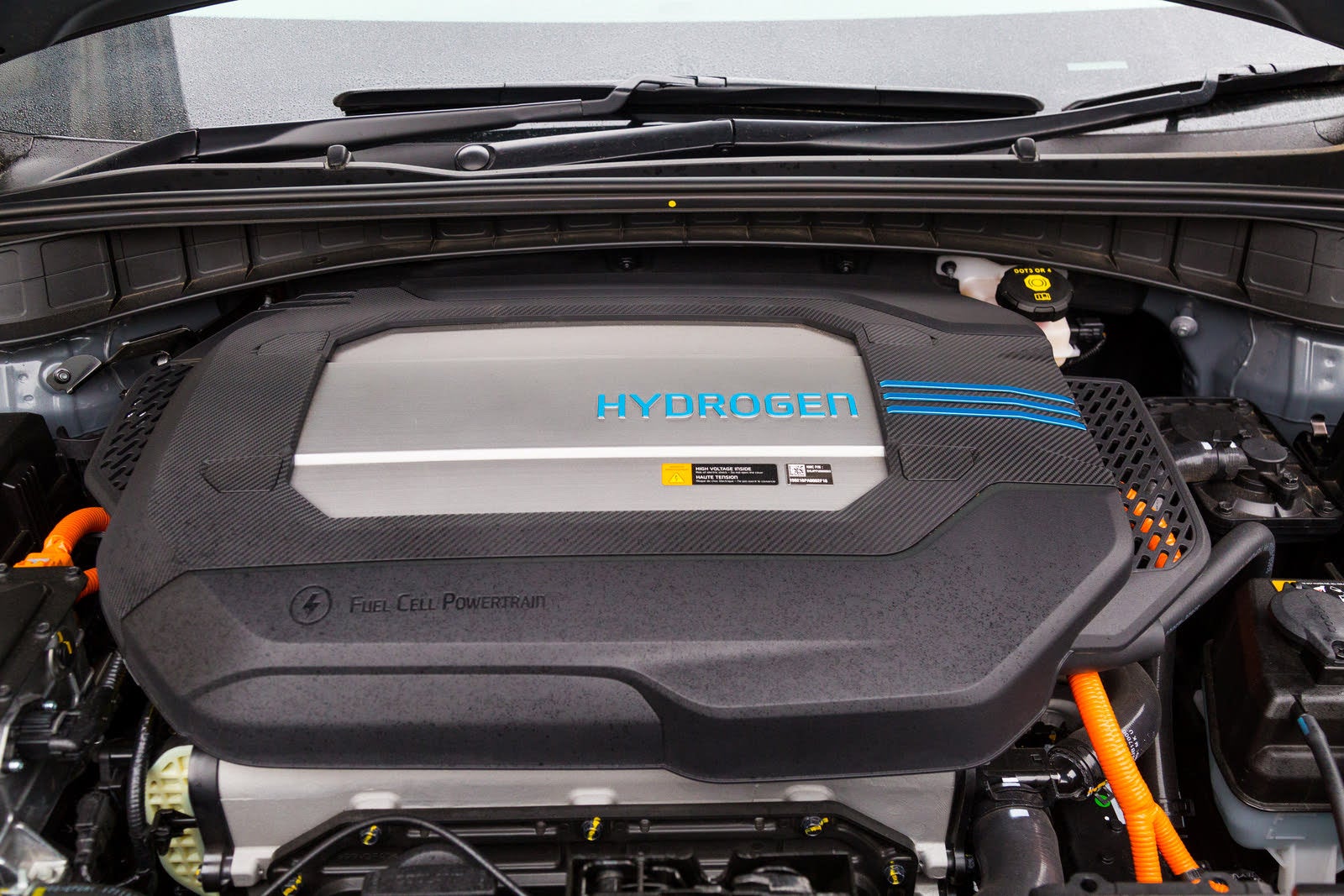
Are Fuel Cell Cars Safe?
Some folk still question the safety of carrying pressurised hydrogen on board a car, pointing to the 1937 Hindenburg disaster as evidence of the fuel's inherent risks. There are a number of theories about the causes of the Hindenburg fire, but certainly, pressurised hydrogen is potentially dangerous and in a variety of concentrations it can explode. It is odourless, colourless and tasteless so you can't detect a leak, but it rises quickly and fuel cell vehicles have comprehensive sensors, which shut down the fuel tank if a leak is detected.
Hydrogen also burns with a low radiant heat, which means you don't get burnt unless you are close to it. In other puncture and crushing tests, modern fuel cell cars' pressurised hydrogen tanks vent to air quickly. By contrast, lithium-ion batteries can short circuit and go into what is termed 'thermal overload' – and remember, petrol and diesel vehicle fires aren't exactly unknown, either.
How Long Does it Take to Fill a Fuel Cell Car?
Apart from the environmental benefits of a renewable hydrogen fuel cell, one of the main advantages of the technology is that it has a longer range between refills and it is quicker to refuel than a battery-electric car. The quoted driving range of a Hyundai Nexo fuel cell car, for example, is 414 miles. And refuelling with hydrogen takes just minutes, which in theory means there's no range anxiety. Assuming, that is, you can find a hydrogen fuelling station.
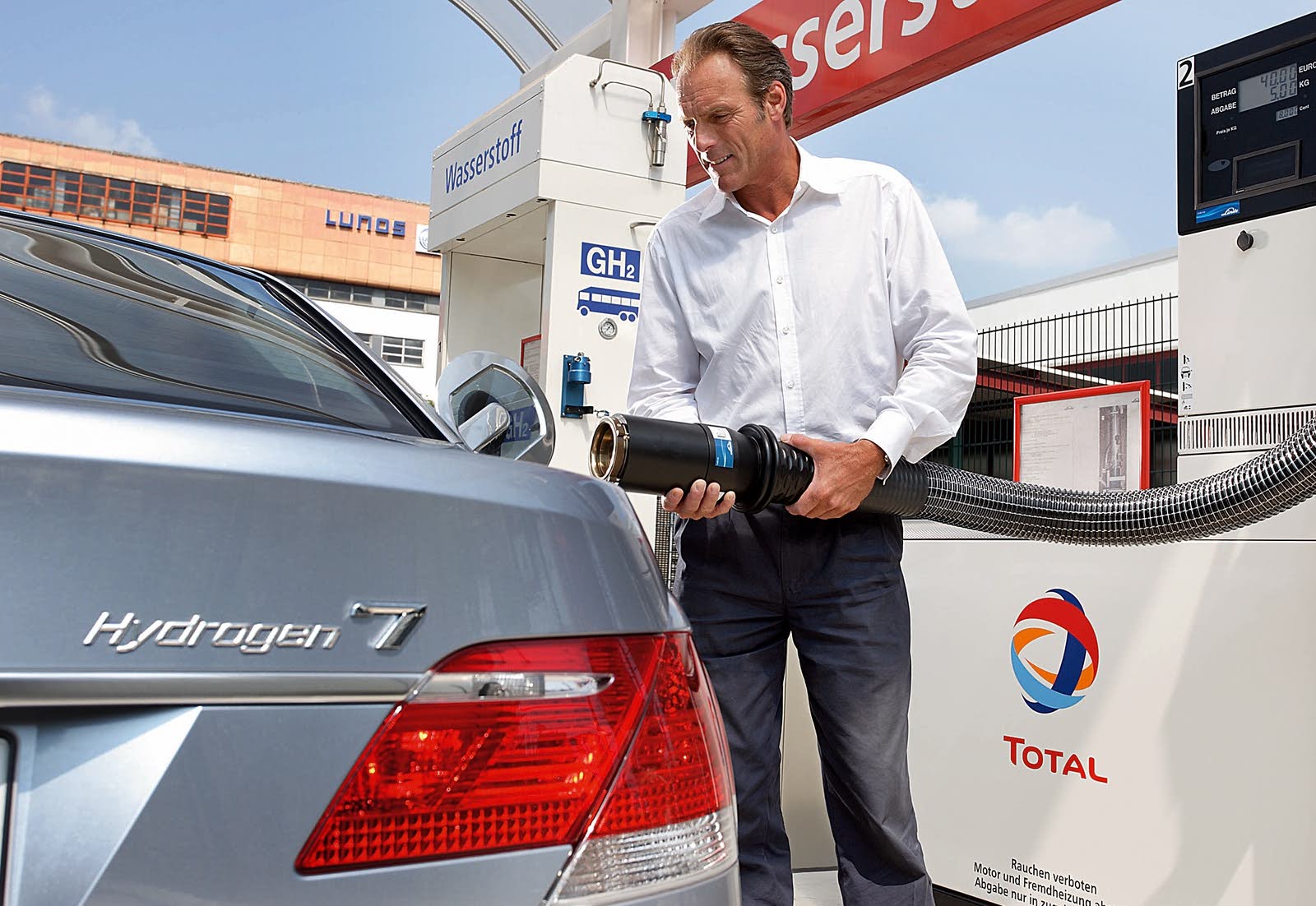
Fuel Cell Vehicles: A Brief History
Most car makers have had a go at building fuel cell cars, but few have stuck with it for long due to the fiendish technological hurdles and prohibitive costs. Allis-Chalmers developed fuel cell tractors and golf carts in the Fifties and in 1966 General Motors presented the Electrovan, a GMC Handivan which used hydrogen and oxygen to fuel a 5kW Union Carbide fuel cell.
In 1993 Mercedes-Benz introduced its Necar I van, which used a Canadian-made Ballard fuel cell. Mercedes subsequently refined the technology through various A- and B-class models (pictured at the top of this article is the Necar 5) into the current GLC F-cell which is on sale in Germany.
General Motors came back into the race under Larry Burns and Chris Borroni-Bird, and at one time Ford was heavily involved with Ballard Power Systems, a producer of fuel cell systems.
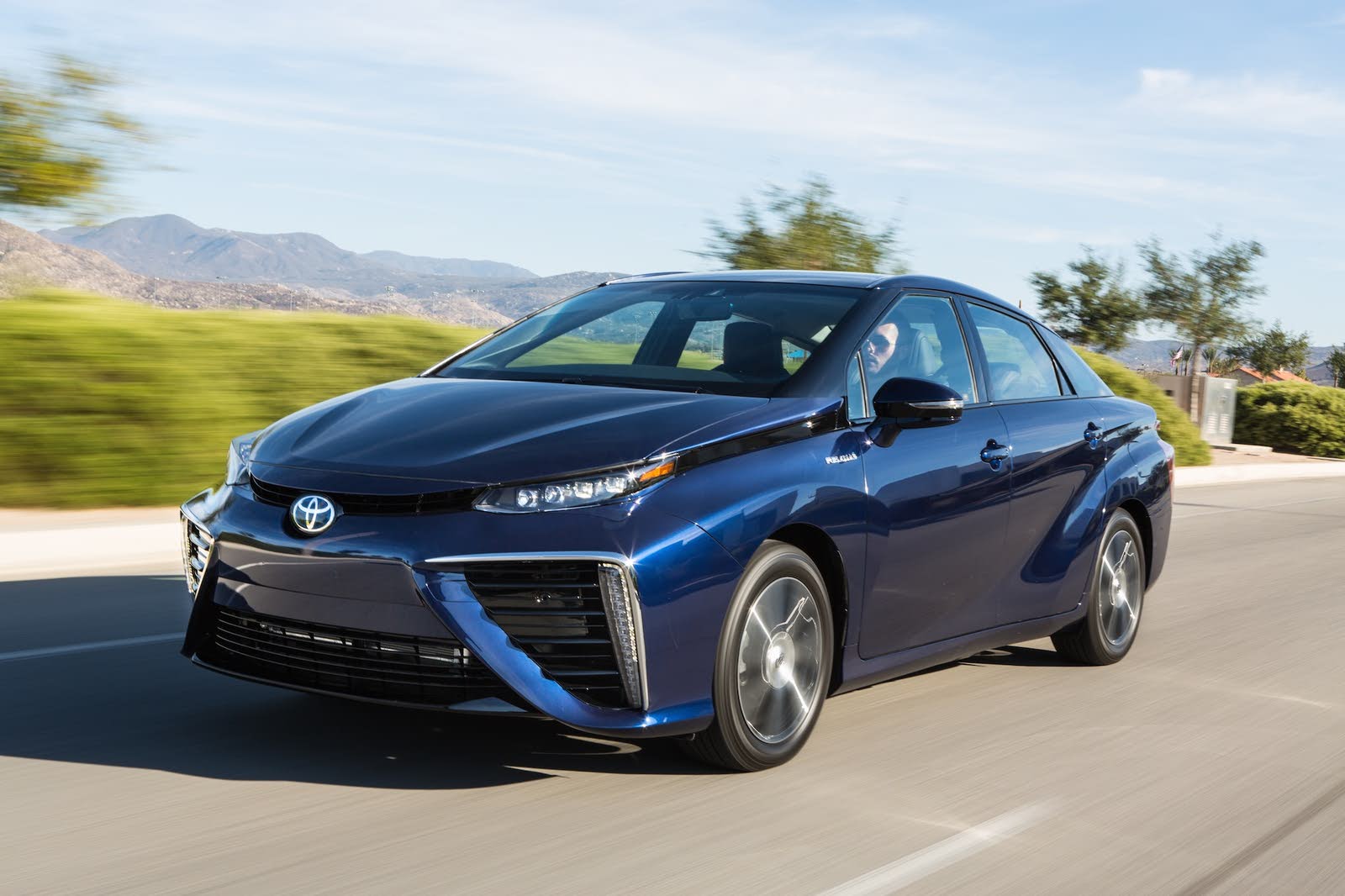
It was the Japanese and South Koreans that kick started fuel cells again, though, initially with Toyota and Honda, which were developing their own PEM fuel cells, and subsequently with Hyundai. With few oil reserves of their own, far eastern economies have identified fuel cells as viable future technology and now Toyota and Hyundai have fuel cell vehicles you can buy or lease in the UK in the form of the Toyota Mirai (pictured above) and the Nexo.
In the next few years we are expecting to see fuel cell vehicles on sale from Mercedes-Benz, Honda, General Motors and Audi. Whether the cost to consumers will come down from the current fuel cell asking price of £65,000 and upwards only time will tell.
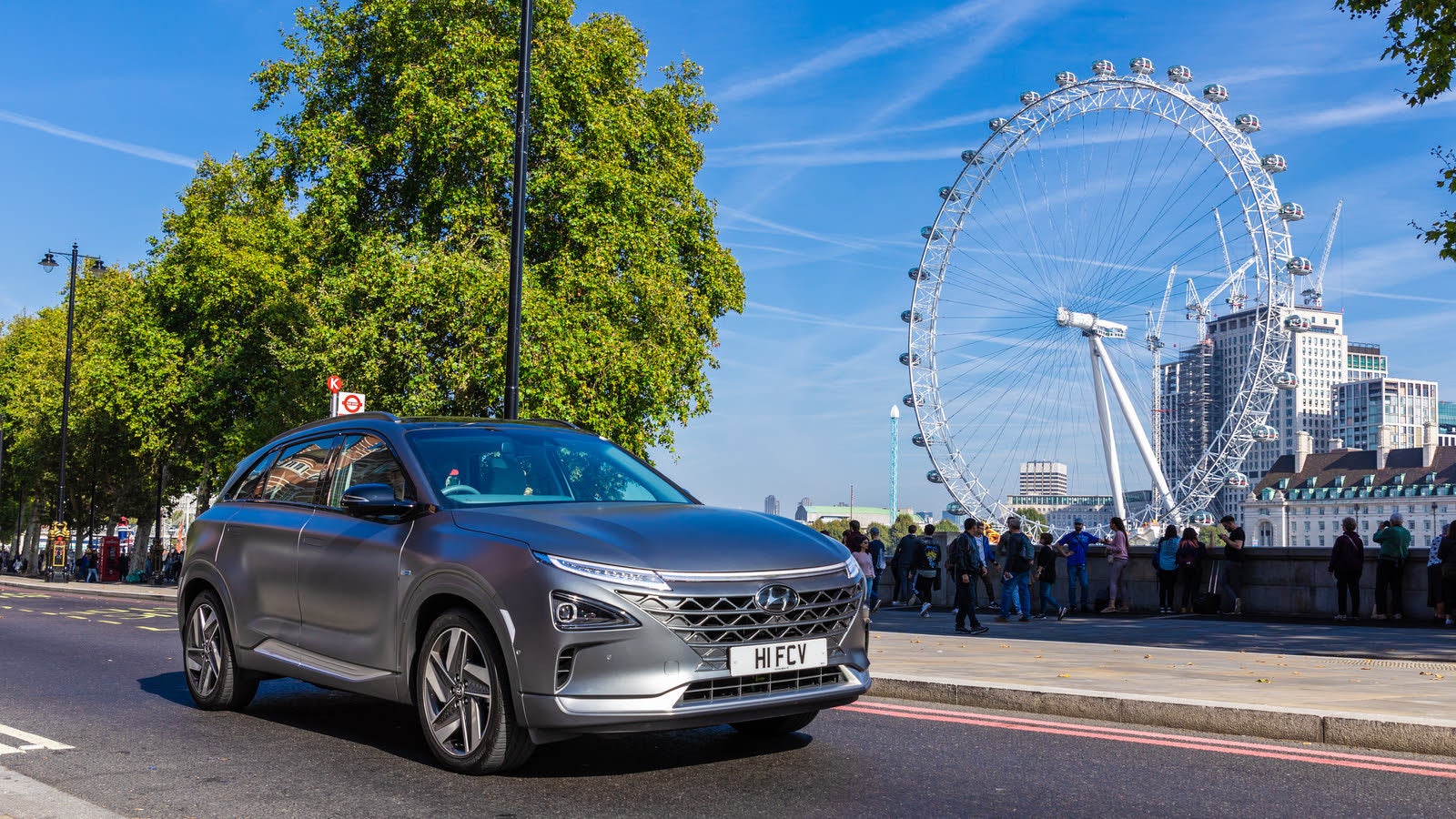
How do Fuel Cells Compare with Electric, Petrol and Diesel?
Let’s take a look at Hyundai’s fuel cell car, the Nexo, versus its own battery electric car, the 64kWh Kona EV. At the the time of writing, the latter costs £36,345, has a 300-mile range and a recharging time on a 7.2kW charger of 9hrs 35 mins. By contrast the Nexo has a quoted driving range of 414 miles and a refuelling time of five minutes, but costs £69,495 to buy (both cars, incidentally, qualify for the government’s £4,500 plug-in grant).
Running costs depend on where and from whom you are buying the fuel. In the UK, where hydrogen attracts VAT, but electricity doesn't, hydrogen costs about £12 per kg at the time of writing, which means a 100km (62 mile) journey in the Nexo (which does 0.95kg/100km) will cost about £11.40. However, in Norway, where renewable hydrogen is untaxed and costs 8.99 krone (roughly 84p) per kg the same 100km journey will cost just 80p. By contrast if you recharge the Kona EV (which does 14.3kWh per 100km) via a wall box using a household rate of about 16p per kWh, that same journey will cost about £2.28.
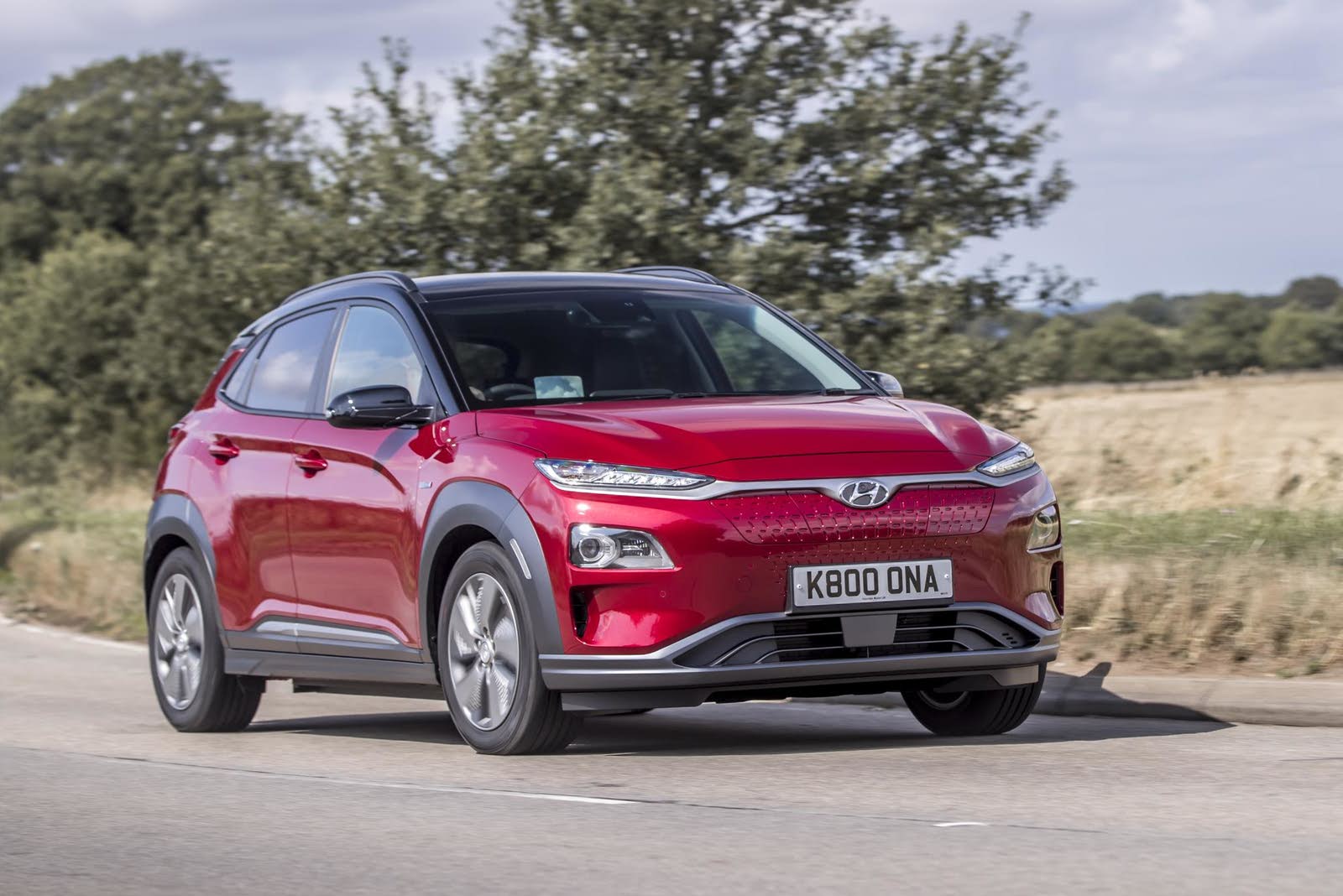
The nearest equivalent diesel Kona model is the £24,750 Premium SE with a 1.6 diesel and front-wheel drive and a dual-clutch transmission. That model does 4.4 litres per 100km so taking the average UK diesel cost at £1.32 a litre, a 100km journey would cost £5.81. The equivalent for the nearest petrol Kona model, the Premium SE 1.0 litre T-GDI (£21,750 and 5.6 litres per 100km) would cost £7.11, assuming an average petrol cost of £1.27 a litre.
Where Can Hydrogen Come From?
In an ideal scenario there is a pleasing water-to-water simplicity about a fuel cell. Hydrogen production starts with water, which goes through electrolysis, using surplus off-peak grid electricity, to become hydrogen and, as a byproduct, oxygen. You feed the resulting hydrogen into a fuel cell, which recombines with air to form water and electricity. However, we're a long way from there at the moment as most supplies of hydrogen are steamed out of natural gas.
Hydrogen can also be derived from electrolysed water using renewable energy in the form of wind electricity as it is at ITM's Sheffield filling station. Or it can also be derived from the pyrolysis of waste plastics, directly from nuclear power stations. There are also promising ideas for a renewable liquid-hydrocarbon fuel cycle using methanol created from hydrogen and recovered atmospheric carbon dioxide.
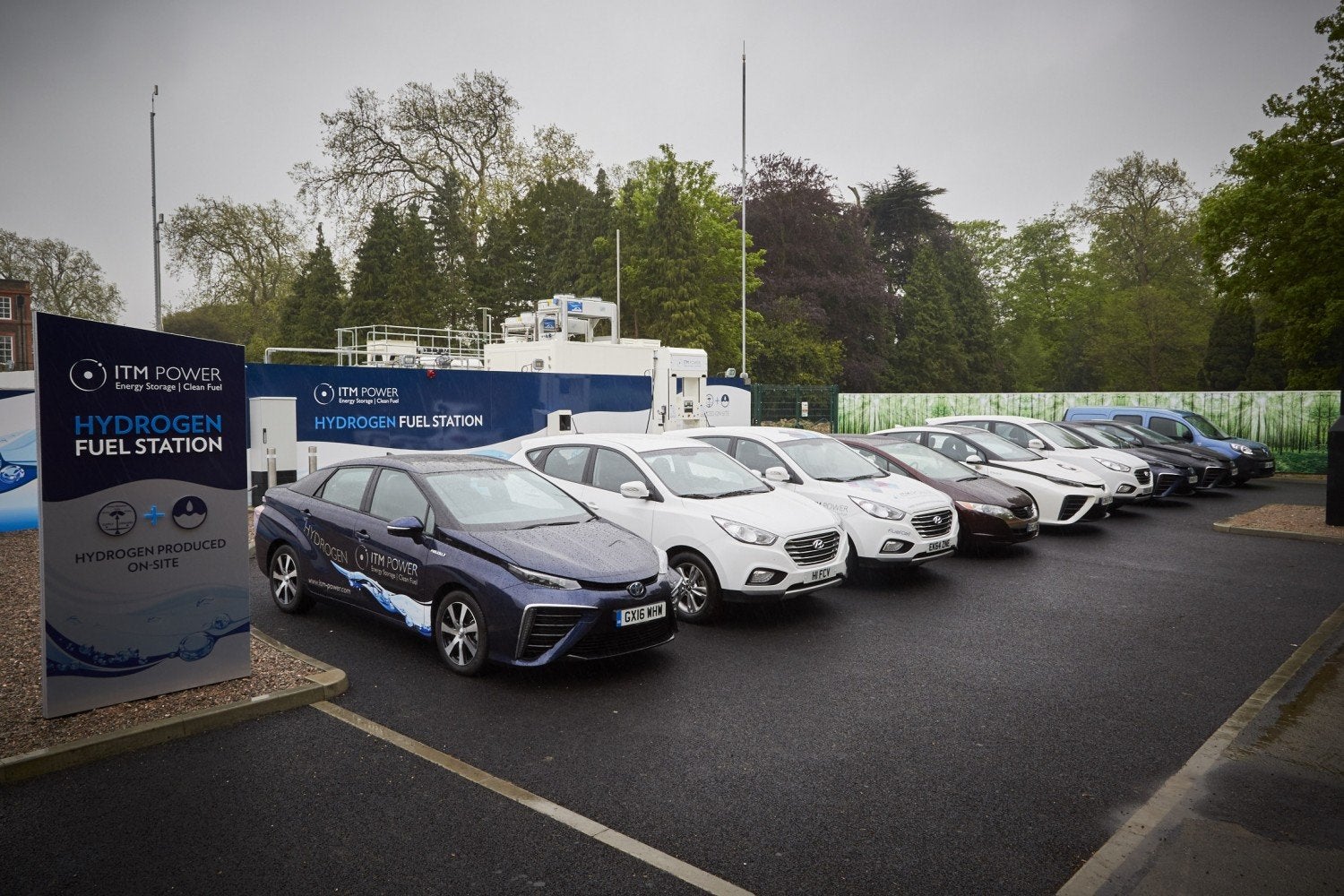
Where do you Buy Hydrogen?
At the time of writing, there are only 13 public access hydrogen refuelling stations in Britain; most of them are near to London and the south east, and only one is north of Sheffield. And that's in Aberdeen. Privately, fuel cell engineers say they won't test their vehicles in the UK because of the lack of charging stations, which is something of a chicken and egg story.
It’s also some way off the 65 hydrogen fuelling stations that Amanda Lyne, chair of the UK Hydrogen and Fuel Cell Association, believes are required. Whether the government has the appetite to assist industry with such hydrogen infrastructure growth is yet to be seen.
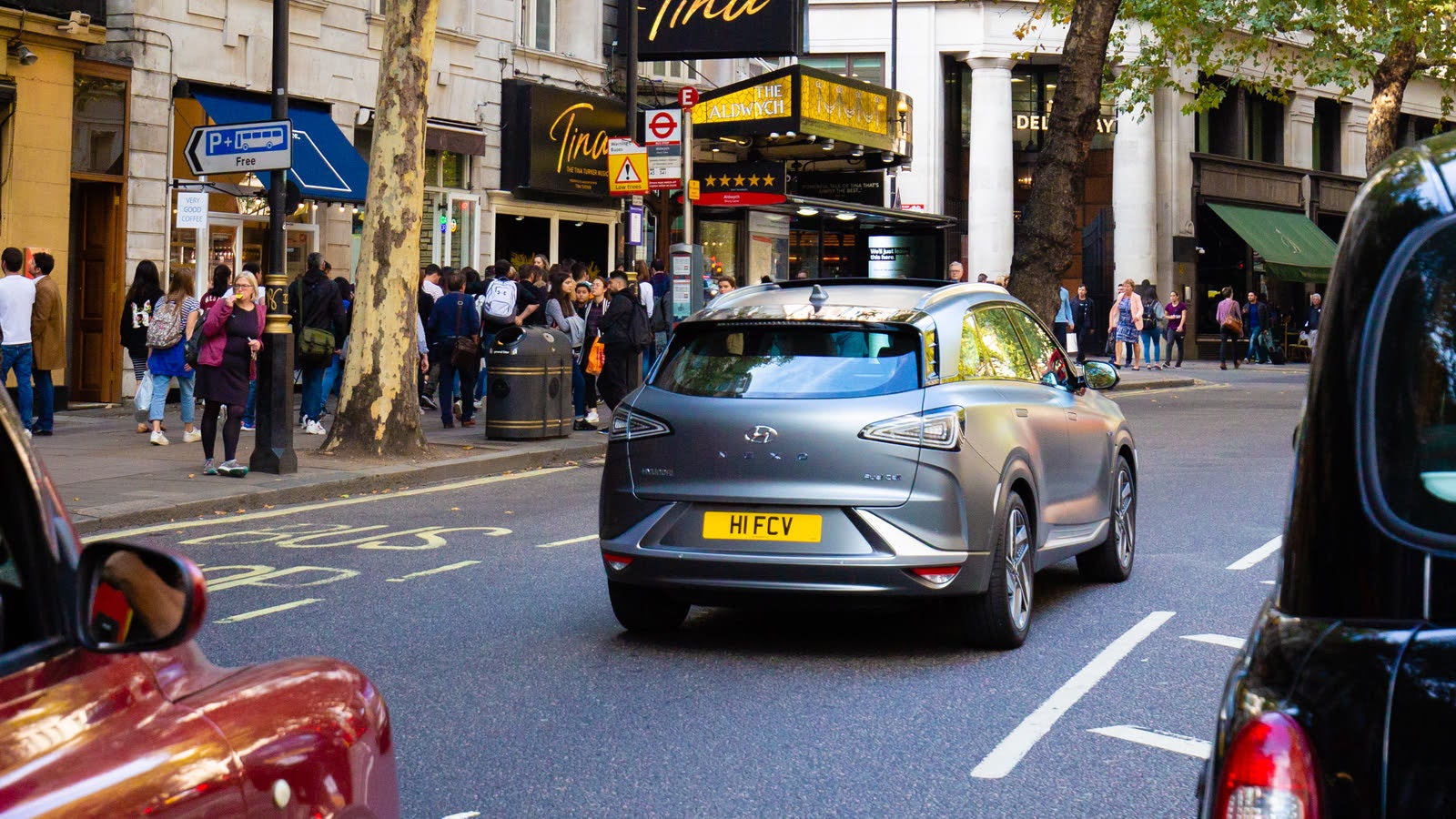
What Does the Future Hold for Hydrogen?
While battery electric vehicles look set to be the next step in the story of the motor car, be in no doubt that Hydrogen fuel cells are coming too. In America, Japan and Korea, ordinary people are driving them as everyday family cars and the Japanese Government has told its car makers to prepare for a hydrogen future. Even the British government has commissioned reports which conclude that fuel cells will be a key technology of the future.
There are also many hydrogen and fuel cell specialists based in Britain, including design and advanced manufacture of fuel cells, refuelling equipment and electrolysers, not to mention the UK universities conducting leading research into advanced hydrogen storage and fuel cell design.
And so while it is impossible to say with any certainty how long fuel cell technology will take to become more mainstream, or how much assistance the government will provide to make it happen, it is impossible to think it won’t play a part in how cars of the future are powered.

